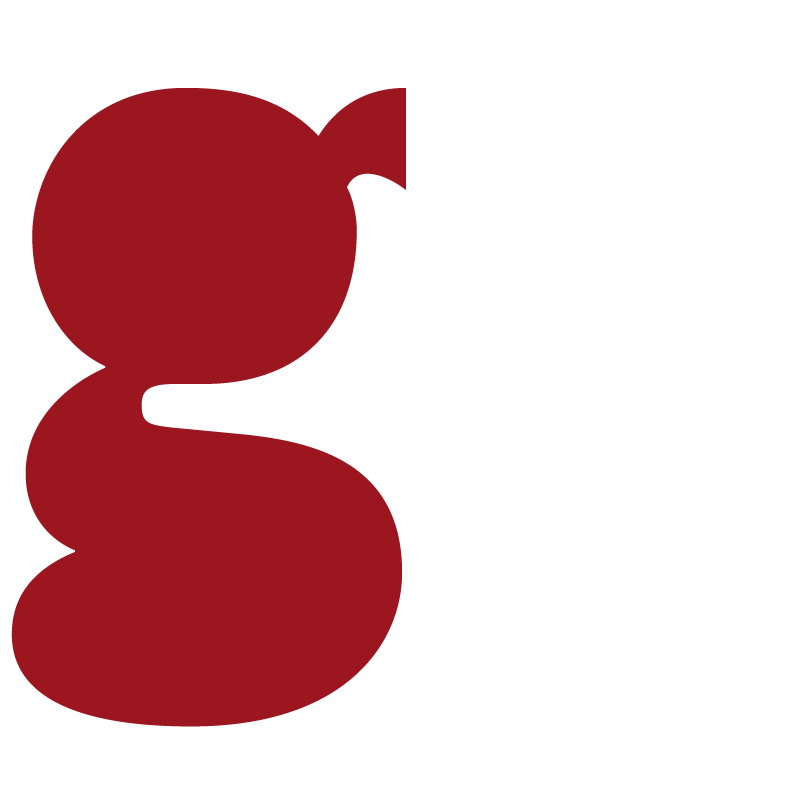When power goes out, the life of a household is always disrupted. Even an hour without electricity in a modern home could lead to unfortunate consequences. From spoiled food to heat exhaustion, problems can mount quickly. That’s where a generator comes in. A generator starts working almost immediately and keeps your electricity on during a power outage. It can be an irreplaceable appliance for any home in Sarasota. How does a generator work? Let’s take a closer look.
Components of a Generator
A generator consists of several important components. Each one plays a major role in its operations. Generac power systems have the following elements:
- Engine: Powers the generator and determines its maximum output capacity. Engines use fuel sources like gasoline, diesel, or propane.
- Alternator: Converts the mechanical energy produced by the engine into electrical energy. Contains both a rotor and a stator to generate electricity.
- Fuel System: Stores and delivers fuel to the engine. Includes a fuel tank, fuel pump, fuel filter, and injectors.
- Voltage Regulator: Controls the generator’s output voltage to ensure a steady electrical current. Adjusts the voltage by regulating the flow of electricity from the alternator.
- Cooling System: Prevents overheating by circulating coolant or using air to dissipate heat.
- Lubrication System: Keeps all moving parts of the engine lubricated with oil. Reduces wear and tear and ensures smooth operation.
- Battery Charger: Keeps the generator’s battery charged and ready to start the engine. Relies on a small charging system within the generator.
- Exhaust System: Safely expels exhaust gases produced during combustion. Includes a muffler to reduce noise.
Each generator also comes with a control panel. The complexity and appearance of the panel depend on the model.
Types of Generators
House generators usually come in three common types. They are:
Portable Generators:
These generators are lightweight. They are usually less expensive and easier to move than other types. They are great for small-scale power needs, like powering essential appliances for a few hours during an outage. These generators usually run on gasoline. You need to start them up manually.
Inverter Generators:
Inverter generators use advanced electronics to convert DC power into AC power and adjust engine speed according to demand. These generators produce a stable and clean electrical current, which is ideal for sensitive electronics like laptops and smartphones. They are smaller and quieter than traditional portable generators.
Standby Generators
These generators have to be installed permanently outside your home. They automatically detect a power outage and start working without your assistance. These generators run on natural gas or propane. Unlike the other types, they can provide continuous power for an extended period. Standby generators are great for homeowners who need an uninterrupted power supply. They are especially useful for areas with frequent outages.
Generator Operation Process
The generator operation process is simple. Here are the major stages:
- Fuel Supply: The engine draws fuel from the fuel system and ignites it to produce mechanical energy.
- Energy Conversion: The engine drives the alternator, which uses electromagnetic induction to generate electrical energy.
- Voltage Regulation: The voltage regulator monitors the electrical output and adjusts it to maintain a consistent voltage level.
- Cooling: The cooling system circulates coolant (or air) to manage the temperature.
- Exhaust and Noise Management: The exhaust system expels combustion gases and reduces noise through a muffler.
High-quality generators work quietly and safely. Having one of them in your home is an excellent way to avoid disruptions to your daily life.
FAQs How Generators Work
How do generators work without electricity?
Generators work without electricity by using an engine fueled by gasoline, diesel, or propane to produce mechanical energy. This energy is converted into electrical energy by the alternator, providing power to your home during an outage.
How does a generator work without electricity in a home?
When a power outage occurs, a generator’s engine starts drawing fuel, turning the alternator, and producing electricity. The voltage regulator maintains consistent output, while the cooling and exhaust systems ensure safe and efficient operation.
What components make a generator work during a power outage?
Key components include the engine, alternator, fuel system, voltage regulator, cooling system, lubrication system, battery charger, and exhaust system. Each part works together to ensure uninterrupted electricity.
What types of generators provide power without electricity?
- Portable generators: Manual start, gasoline-powered, for small-scale power needs.
- Inverter generators: Convert DC to AC, quieter, stable output for sensitive electronics.
- Standby generators: Permanently installed, detect outages automatically, run on natural gas or propane for continuous power.
Why are standby generators ideal for continuous power?
Standby generators automatically start during outages, require no manual intervention, and can provide long-term, uninterrupted electricity, making them ideal for homes in areas with frequent power disruptions.
Stop in Today to See Our Collection of Generators
Due to frequent natural disasters, Florida is a state with a higher-than-average number of power outages per year. By opting for a power generator, you can avoid the dangers of losing access to electricity. At Generator Supercenter of Sarasota, we have a large collection of generators for your home. Stop by and get a key to your peace of mind today.
Featured Image: Yarrrrrbright /Shutterstock



